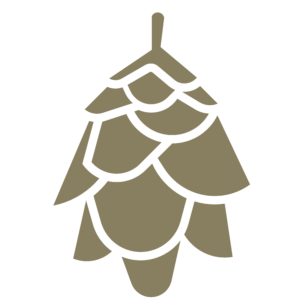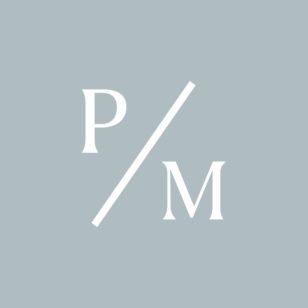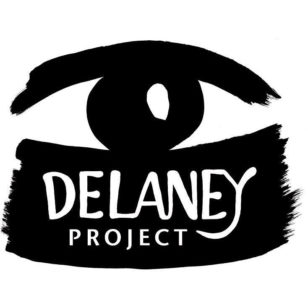RAYMOND PADRON
Website
CV
Chattanooga, TN | Sculpture, Mixed Media, Performance, Installation, Video
Bio:
Raymond Padron is a sculptor and performance-based artist, working in a broad diversity of processes and materials. He uses traditional craft and its relationship to improvisation to explore how we form our identity and beliefs.
Born in 1983, he grew up in the Northern Virginia suburbs of DC. In 2005 after receiving his B.A. in sculpture and graphic design from Messiah College in Grantham, PA, he moved south to the city of Chattanooga, TN. In 2011 he received his M.F.A. from the University of North Carolina, Chapel Hill. He has since returned to Chattanooga where he now makes art, exhibits nationally, and teaches.
Statement:
I describe my studio practice as an epistemology through craft. Regardless of the subject, I am continually drawn to the question of how we gain knowledge, form our beliefs, and seek truth while recognizing the ever-expanding complexity and uncertainty of the systems we confront. Even our methods of gathering this information—reason, introspection, perception, memory, and the testimony of others—seem to have us shift our weight from one to the other as we embrace or grow beyond the values we trust.
In parallel, my engagement of traditional craft functions as a framework for my practice and is a tenuous anchor for my explorations. The complex relationship between tradition and improvisation is an essential consideration. It compels me that these two methods seem at odds, and yet we can find a great sense of identity in both the culturally-rooted performance and in the self-expressive nature of the improvisational act. Conversely, our relationship to both can just as easily produce distance and a loss of identity. This relationship is significant to my practice as I seek to make work that carries a vague sense of familiarity, yet is deeply sincere in both its physical presence and conceptual complexity.











